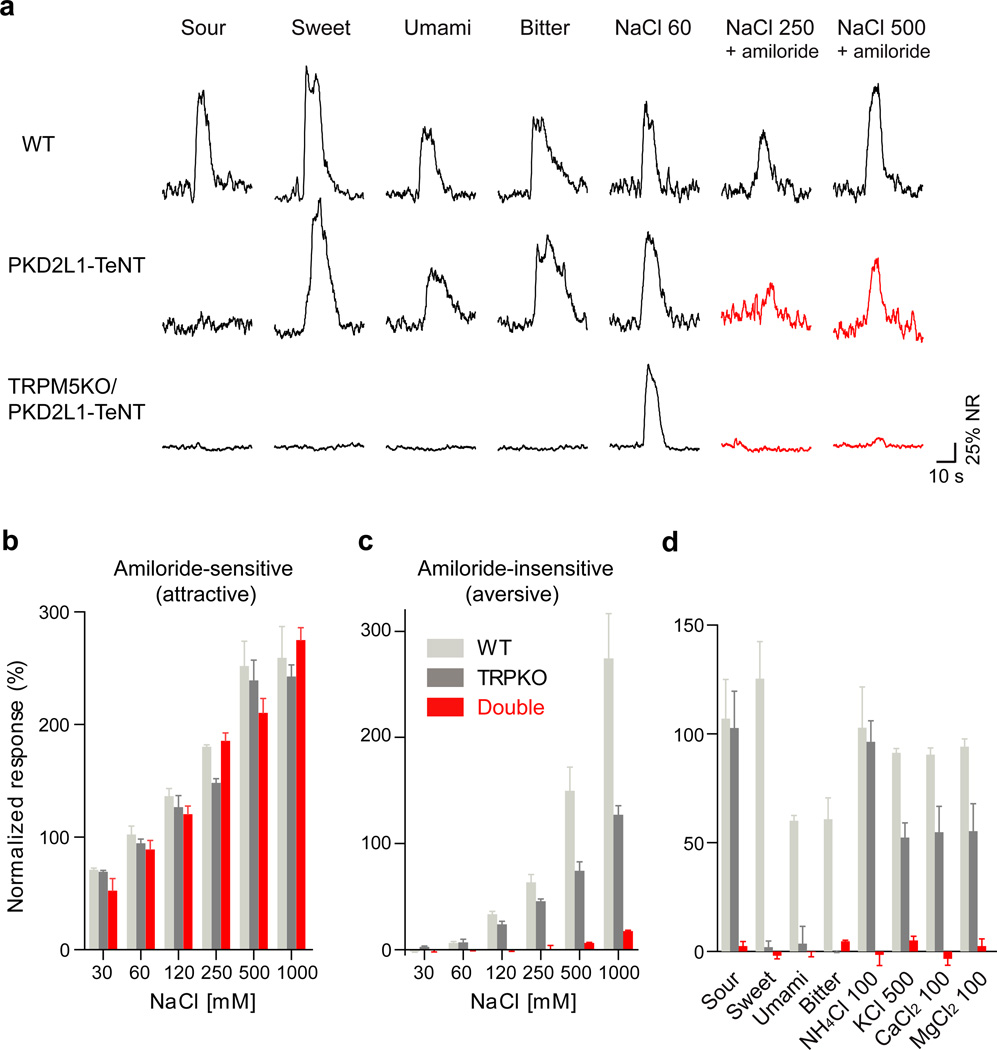Figure 3. PKD2L1-expressing cells mediate the residual TRPM5/PLCβ2-independent high-salt responses.
Integrated chorda tympani recordings show that (a) silencing PKD2L1 sour-cells affects high-salt taste responses. PKD2L1-TeNT mice have severe deficits in their responses to high-salt while TRPM5-KO / PKD2L1-TeNT double mutant animals completely lose all amiloride insensitive NaCl (high-salt) responses (highlighted as red traces). (b) Quantification demonstrates that TRPM5-KO / PKD2L1-TeNT (Double, shown as red bars) mice exhibit normal responses to low salt, but (c) lack responses to high-salt (Student’s t-test, P< 0.001). (d) The double mutant animals also fail to respond to sweet, bitter, sour, umami as well as non-sodium salts. Data (b–d) were normalized to the response of 60 mM NaCl and are means ± s.e.m, n ≥ 3 animals.

